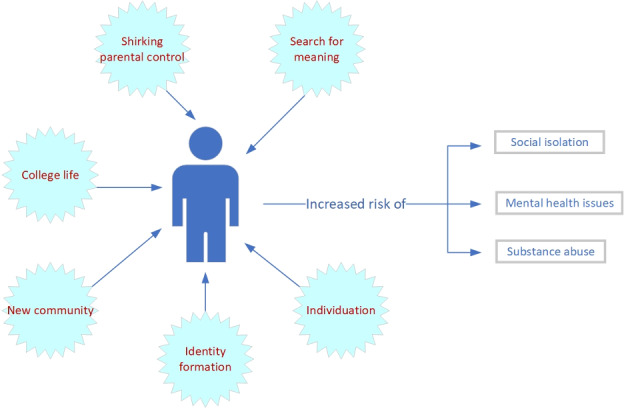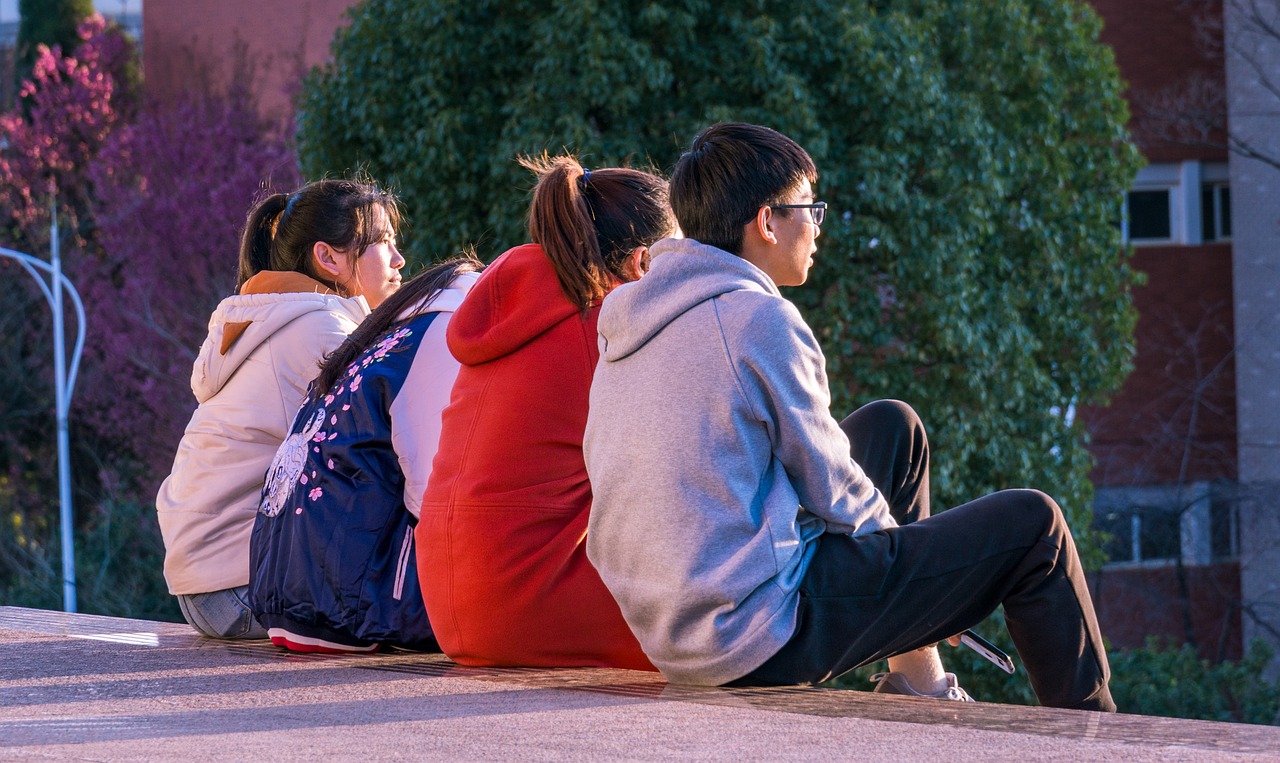Loneliness isn’t just an issue for older adults; it’s a growing challenge for younger people too. A recent study by Hurmat Ali Shah and Mowafa Househ, Understanding Loneliness in Younger People: Review of the Opportunities and Challenges for Loneliness Interventions, sheds light on why young people are particularly vulnerable to loneliness and explores how technology can offer solutions. From the pressures of social media to the transition into adulthood, loneliness impacts young people in unique ways, often leading to mental health struggles. But with tailored digital tools like chatbots, social media interventions, and online counseling, there’s hope for a more connected future. Read on to discover what we can do to tackle loneliness in the next generation.
Why Are Young People Lonely?
A recent review, Understanding Loneliness in Younger People: Review of the Opportunities and Challenges for Loneliness Interventions by Shah and Househ, delves into this issue. The authors explain that loneliness in younger people often stems from unique challenges like:
- Transition Phases: Moving away for college or starting a new job often disrupts familiar social circles.
- Identity Formation: Adolescence and early adulthood are times of self-discovery, which can sometimes lead to feelings of disconnection from others.
- Social Pressures: Social media can amplify feelings of inadequacy, making young people feel isolated even when they appear connected online.
What’s more, loneliness doesn’t just hurt emotionally—it has been linked to mental health challenges like anxiety and depression, as well as physical health issues like heart disease and weakened immune systems.

The Role of Technology
While loneliness is a deeply human issue, technology can play a role in combating it. Shah and Househ reviewed several digital solutions aimed at addressing loneliness. Here’s what they found:
- Social Media for Connection
Platforms like Instagram and X often get a bad rap for increasing feelings of loneliness, but they also have the potential to do the opposite. For many young people, social media offers a safer space to express themselves and connect with others who share similar interests or experiences. - Interactive Tools
Technologies like chatbots and digital humans (virtual characters designed to mimic real-life conversations) can provide companionship. - Online Counseling
Virtual therapy and remote mental health support are becoming more common. These services can help young people who might feel stigmatized seeking help in person or who live in areas with limited access to mental health resources. - Gaming and Virtual Worlds
Video games and virtual reality offer ways to build meaningful connections. Multiplayer games and online communities provide a sense of belonging and shared purpose, which can help counter loneliness.
What’s Missing?
Despite these promising interventions, the study points out a major gap: most technological solutions are designed for older adults. Young people’s loneliness has different causes and requires tailored approaches. For example:
- Social media tools could focus on fostering deep, meaningful interactions instead of superficial likes and follows.
- Apps could integrate activities that encourage offline socializing, like group meetups or challenges.
- Virtual reality could simulate real-life social experiences to help young people build confidence in their interactions.
What Can We Do?
As individuals, there are small steps we can take to combat loneliness in our own lives and communities:
- Reach out to a friend you haven’t spoken to in a while.
- Join a club or group that aligns with your interests.
- Limit screen time and make an effort to engage in face-to-face interactions when possible.
- Try venting as a way to share your feelings and build closer connections with others.
On a broader scale, policymakers, educators, and tech developers need to collaborate to create tools that meet the unique needs of younger generations.
The Bigger Picture
Loneliness is a complex issue with no one-size-fits-all solution. But by combining psychological insights with technological innovation, we can make strides in reducing loneliness among young people. As Shah and Househ’s study suggests, the right tools, when designed with empathy and understanding, can make a significant difference.
Let’s work toward a future where no one feels like they have to face loneliness alone.
Reference: Shah, H. A., & Househ, M. (2023). Understanding Loneliness in Younger People: Review of the Opportunities and Challenges for Loneliness Interventions. PMC10654910.







